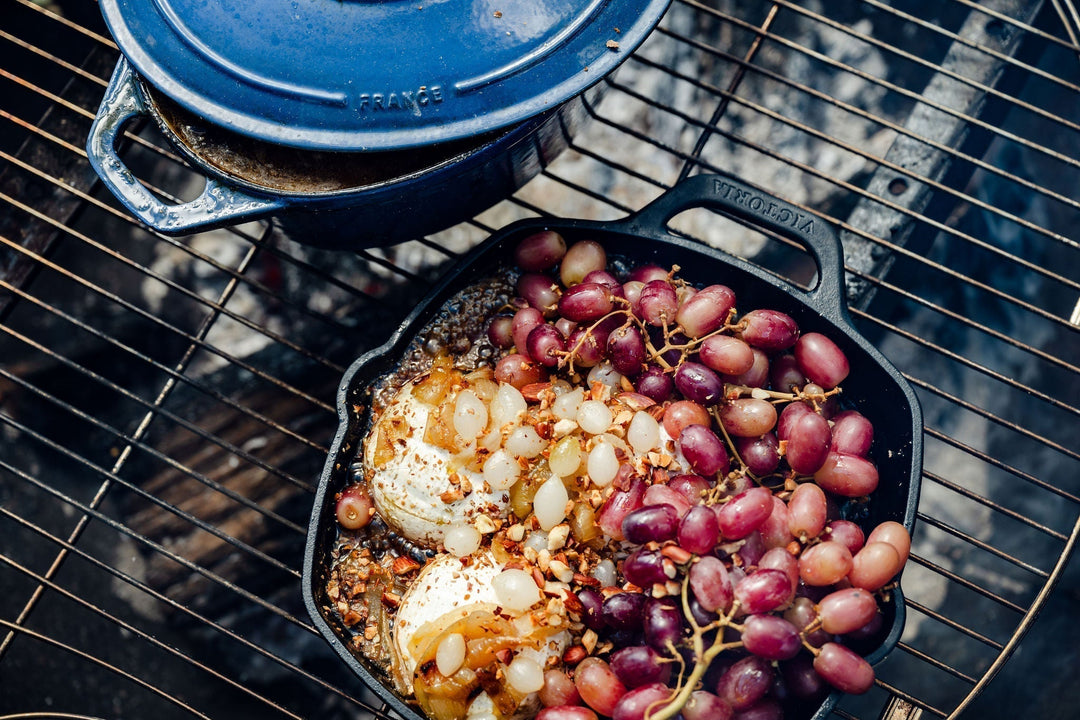Bomb Proof* Pasta Dough

*Obviously not literally bomb proof, but both my hubby and kids seem to make something decent from this recipe without too much helicoptering from me :)
I fell in love with a recipe book called 'The Art Of Pasta' years ago. It was one of the things that made me start illustrating again and ultimately begin painting on tablecloths. This book combines some of the best pasta recipes I've ever come across (and believe me I've tried a few..) with gorgeous ink illustrations.
For me, pasta making is a slow pleasure, taking both time and creativity and sometimes ingenuity to get the desired result. And now my kids also love making pasta with me, but mostly eating the raw dough while I wrestle it from their chubby little hands.
But behind all good pasta dishes is a great fresh pasta recipe. And this one never disappoints no matter how craft I get with the shapes and colours. Give it a whirl, I'm keen to hear how you go!
Extract from The Art of Pasta by Lucio Galletto and David Dale
The best work surface for making pasta is a large wooden board, but any clean surface will do. Try to avoid marble as its lower temperature makes the kneading more difficult. Ideally, the room where you make the pasta should be warm and free of draughts.
It’s difficult to give the exact quantities of flour and eggs because it depends on the size of the eggs, the humidity in the air, and how much egg the flour will absorb. Having said that, a good rule of thumb is to use 1 egg for every 100 g flour, and allow 100 g flour per person. Adding more eggs, or even just egg yolks, and adjusting the amount of flour accordingly results in a richer pasta – you’ll soon learn what kind of pasta you prefer. If possible, try to use Italian ‘00’ wheat flour. It’s very fine and high in gluten, which makes the dough more workable and gives it a good texture. Always use the best and freshest eggs at room temperature.
- 400 g plain flour, plus extra for dusting
- 4 eggs
- Pinch of salt
Serves 4
Shake the flour through a sieve to form a mound on the board or benchtop.
Make a well in the centre, but not too deep – the work surface shouldn’t be exposed.
Break the eggs into the well and, using a fork, beat the eggs together until combined. Then, still with the fork, start incorporating some flour into the eggs, a little at a time, until the eggs aren’t runny any more. Put the fork aside and get ready to use your hands.
Push some of the flour to one side – the aim is to add just enough to stop the dough being too moist and sticky. Using your fingers, draw the mound in towards you and work the mixture with the palms of your hands, pushing outwards. Continue in this way, drawing in with your fingers and pushing out with your palms, until the dough is well mixed. When you feel that the dough is reaching the right consistency – that is, not too dry, nor too crumbly or sticky – put it aside and scrape the work surface and your hands clean. (If the dough seems too dry, you may add a little warm water.)
Wash your hands and dry them well. Now it is time to start kneading. Sprinkle some extra flour on the work surface, then place the ball of dough on it. Using the heel of one hand, press down and away from you, giving the dough an oval shape. Fold the oval in half with the other hand, and give it half a turn. Press the dough down and away from you again with the palm of your hand and repeat the folding and pressing process, always turning the dough in the same direction. When you have strongly kneaded the dough in this manner for about 8 minutes – and you are feeling a pleasant glow in your shoulders – the dough should be smooth and elastic. To check if it is ready, press it with the tip of your finger. If it springs back, it has reached the desired texture.
Wrap the pasta dough in cling wrap and let it rest for a minimum of 20 minutes at room temperature away from draughts – or for up to 24 hours in the fridge.
Now the dough is ready to be rolled in the pasta machine or with a rolling pin and cut into the shape you need.





Leave a comment